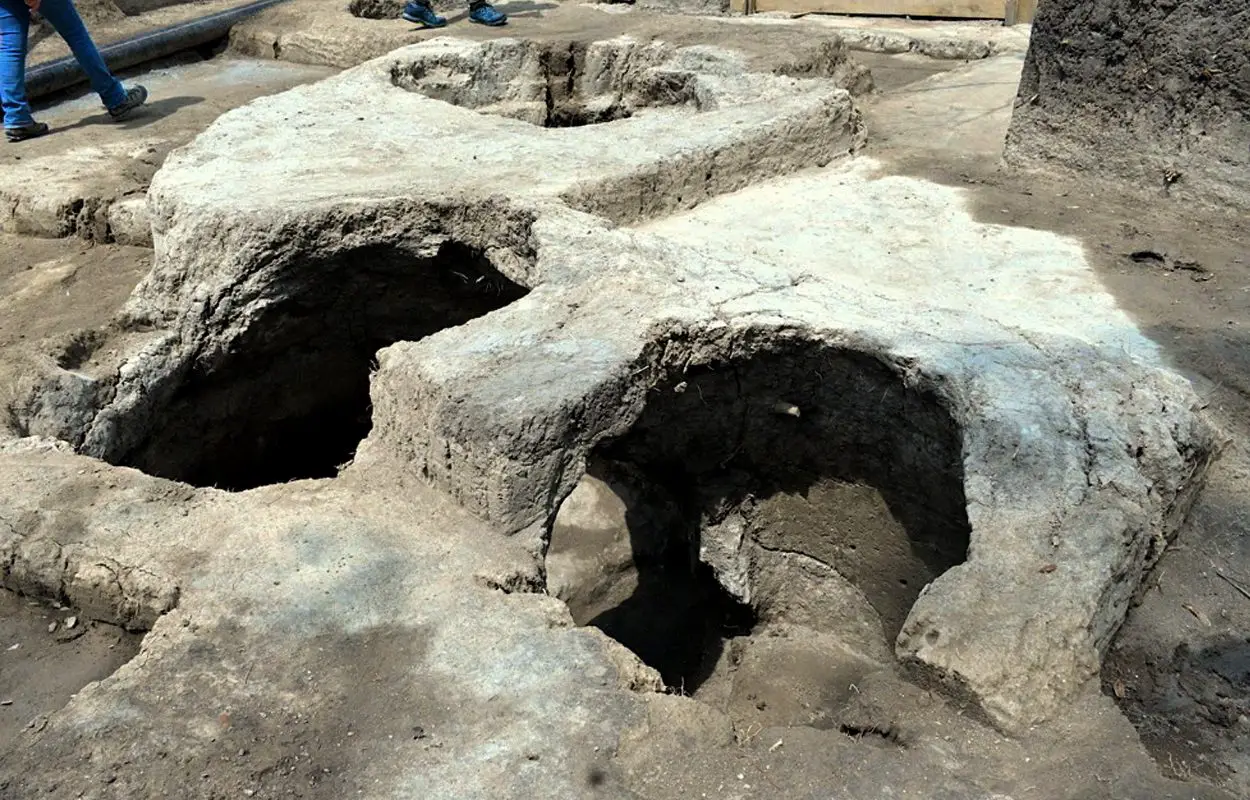Archaeologists from the National Institute of Anthropology and History (INAH) have uncovered 3,000-year-old truncated conical tombs on the edge of the Chapultepec Forest.
Chapultepec Forest is one of the largest city parks in Mexico City, centred on a natural rock formation called Chapultepec Hill. The Toltecs named the area “grasshopper hill”, which would later be named Chapoltepēc in Nahuatl, meaning “at the grasshopper hill”.
During the Classic Period, the region was inhabited by the Teotihuacan culture, with later evidence of the Tepanecas of Azcapotzalco and the Mexica (Aztecs).
When the Mexica took control of the Valley of Mexico, the hill was considered sacred and was used as a repository for the ashes of their rulers.
– Advertisement –

The hill would later be the location of one of the last major battles between the Mexica and the Spanish conquistadors, with the Spanish constructing the Chapultepec Castle in 1785 as a summer retreat for colonial viceroys.
Recent excavations in the vicinity of Constituciónntes Avenue uncovered 12 truncated conical tombs dating from 3,000-years-ago during the Preclassic period (1200-400 BC) and the Early Preclassic period (2500-1200 BC). Five of the tombs contained deposits of human remains, four of which are female and one is male, all of which are positioned in a flexed form.
Excavations also discovered funerary offerings consisting of deer antlers worked as tools, a concave-convex cup, a fragment of a slate disc, effigy vessels and female figurines.
According to the researchers: “All of this evidence accounts for the complexity of social practices and productive activities, such as agriculture, pottery and construction in the Preclassic, when many of the characteristic features of Mesoamerican societies that would remain in subsequent centuries.”
Header Image Credit : INAH
– Advertisement –

